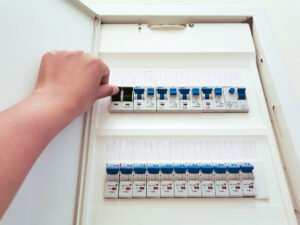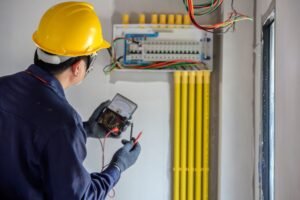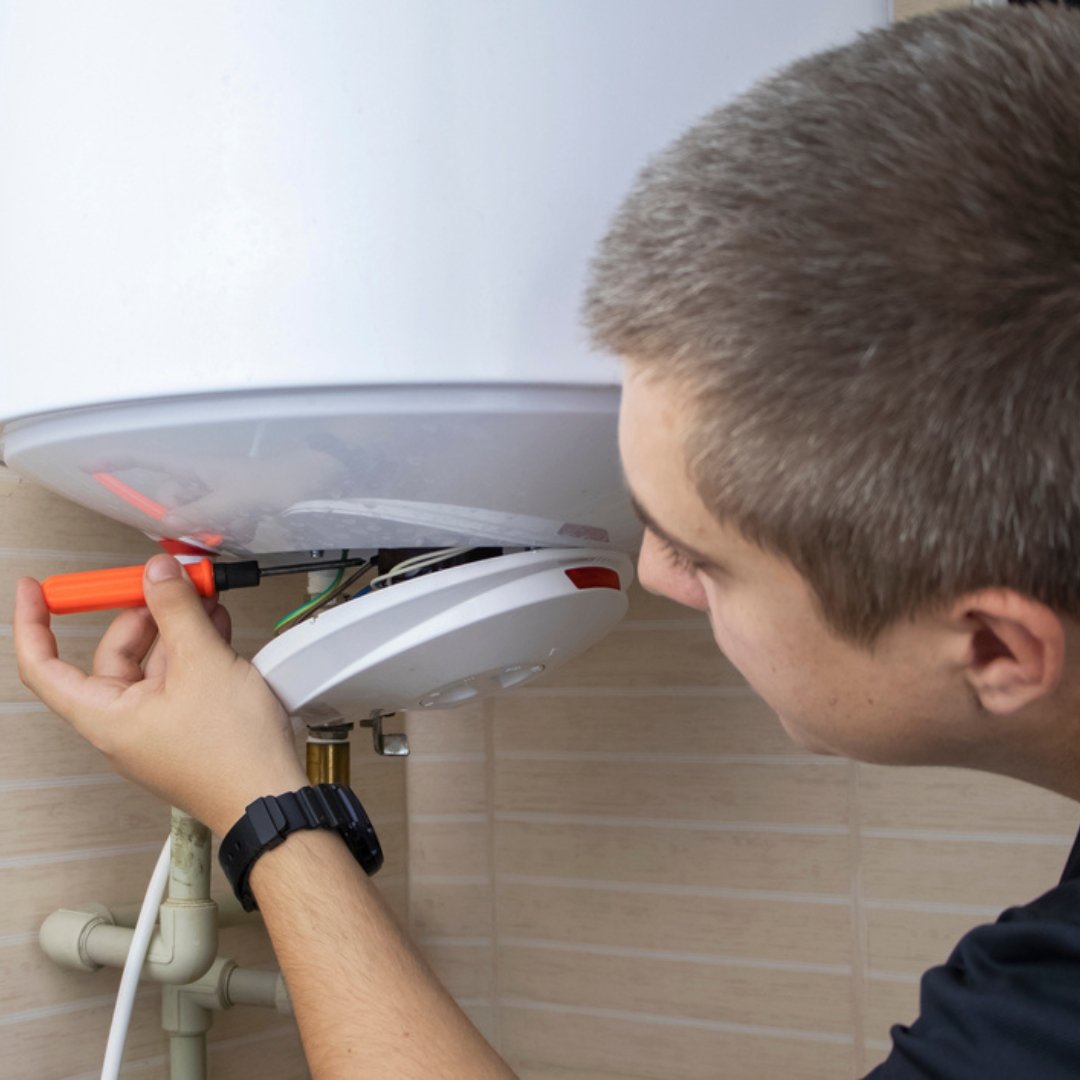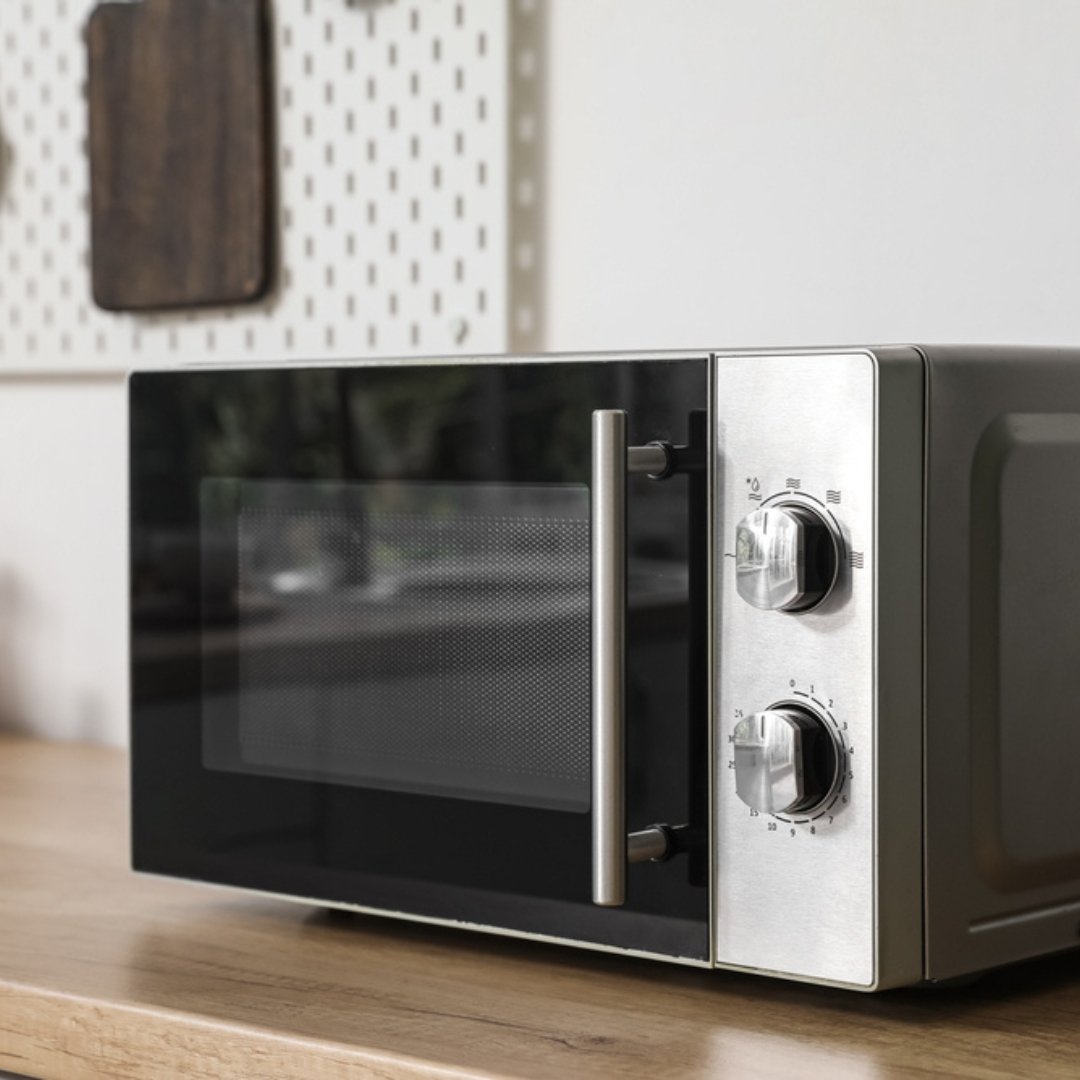RCD Safety Switch Testing Standards in New Zealand
Electricity powers almost everything we do – from charging our phones to cooking dinner and keeping our homes warm. But while it makes life convenient, electricity can also be dangerous if faults occur. That’s why Residual Current Devices (RCDs), also known as safety switches, are mandatory in New Zealand homes and workplaces.
RCDs are designed to save lives by cutting off power the moment they detect a fault, such as electricity leaking through a person’s body to the ground. But like any other safety device, they only work if they’re in good condition – which is why regular testing is so important. To Know More Click Here

What Exactly is an RCD?
Think of an RCD as your home’s electrical guardian angel. It constantly checks the flow of electricity between the wires in your home. Normally, the current going in and out should be balanced. If there’s even a small difference – like when electricity escapes through a faulty appliance or through a person’s body – the RCD reacts within milliseconds and shuts down the circuit.
- Without an RCD: An accidental contact with a live wire could result in serious injury or even death.
- With an RCD: The power cuts instantly, greatly reducing the risk of harm.
This is why RCDs are now a legal requirement in new homes and renovations across New Zealand.
Why Testing RCDs is Essential
Just because your RCD is installed doesn’t mean it will always work perfectly. Over time, factors like wear and tear, dust, moisture, or wiring issues can reduce its effectiveness.
Some common problems that can occur include:
- The RCD trips too slowly, delaying the power cut.
- The RCD doesn’t trip at all when a fault occurs.
- The test button stops working.
The scary part? You won’t know about these issues unless you actually test your RCD. That’s why testing is a legal and practical necessity in New Zealand. To Know More Click Here

New Zealand Standards for RCD Testing
In New Zealand, RCD testing is guided by the AS/NZS 3760:2022 Standard (in-service inspection and testing of electrical equipment) and the AS/NZS 3000 Wiring Rules. These standards lay out how often RCDs should be tested depending on where they are installed.
Here’s what that means in practice:
- Residential Properties:
- Press the test button every 6 months.
- Get a qualified electrician to check the RCD properly every 2 years.
- A handy tip: link the check to daylight savings changes – when you change your clocks, test your RCD.
- Workplaces (offices, shops, etc.):
- Safety switches should be tested every 6–12 months, depending on the type of equipment and environment.
- High-Risk Environments (construction sites, factories, workshops):
- Because equipment is often exposed to dust, water, and rough handling, RCDs must be tested more often – usually every 3 months.
Types of RCD Testing
1. Push-Button Test (DIY for Homeowners)
Every RCD has a small button marked “T” or “Test.” When pressed, the RCD should trip and cut power to the connected circuit. This is a quick and easy way for homeowners to check their safety switch. If it doesn’t trip, it’s time to call an electrician immediately.
Tip: After pressing the button, remember to reset the switch so your appliances start working again.
2. Professional Testing (For Peace of Mind)
Electricians use special instruments to test:
- Trip Time – how quickly the RCD reacts (must be under 300 milliseconds).
- Trip Current – the amount of leakage current that causes the RCD to trip (usually 30mA for household devices).
This testing ensures your RCD meets New Zealand’s strict safety standards and is working as intended. To Know More Click Here

Record Keeping and Tags
In workplaces, keeping records of RCD testing is mandatory. Electricians attach a tag or sticker on the switchboard or equipment, showing:
- The date of the last test.
- The next due date.
- The tester’s details.
This provides proof of compliance with WorkSafe regulations and ensures faulty units are identified and replaced promptly.
For homeowners, while record-keeping isn’t compulsory, keeping a note in your calendar or using a reminder app is a great way to stay on top of regular testing.
What Happens if You Don’t Test?
Neglecting RCD testing can have serious consequences:
- Safety Risks: The device may not work in an emergency, putting your family, staff, or customers at risk of electric shock or fire.
- Legal Issues: Businesses can face fines or enforcement action if they fail to comply with WorkSafe NZ requirements.
- Insurance Problems: Insurance companies may reject claims if an accident occurs due to poor electrical safety practices.
Everyday RCD Safety Tips for Kiwis
- Press the test button twice a year – set a reminder on your phone.
- Call a licensed electrician if your RCD trips often without reason.
- Never try to repair or tamper with an RCD yourself.
- Replace older RCDs if recommended by your electrician – newer models are faster and more reliable.
- For businesses, book regular test and tag services to stay compliant.

Final Thoughts
RCDs are one of the simplest yet most effective ways to protect against electrical accidents. In New Zealand, testing standards are in place not just for compliance, but to save lives.
By pressing the test button regularly, scheduling professional checks, and following WorkSafe’s guidelines, you’re ensuring your RCDs will work when you need them most.
“Check your RCD, protect your family.”
SafeTag – Your Safety Partner in New Zealand
Ensure workplace safety and compliance with SafeTag’s professional testing services. We offer certified solutions for Electrical Testing & Tagging, RCD Testing, Microwave Leakage Testing, and Portable Appliance Testing (PAT). Trust our experts for hassle-free, on-site service tailored to your business needs.




